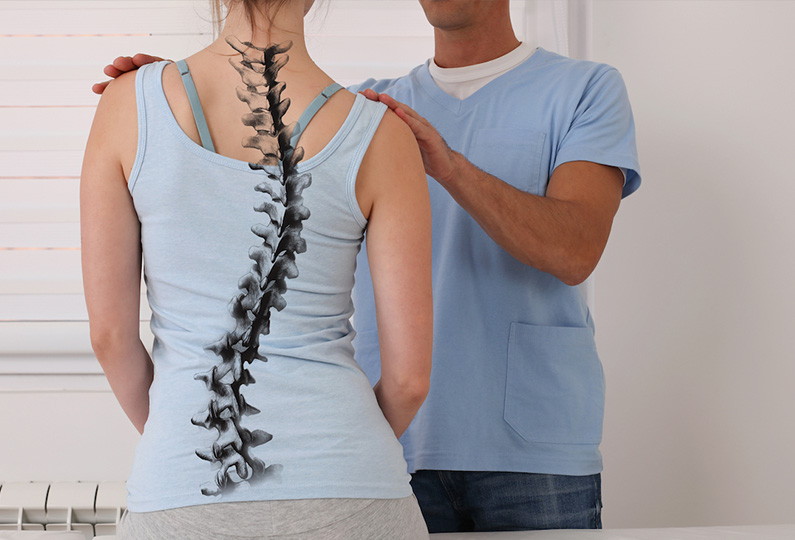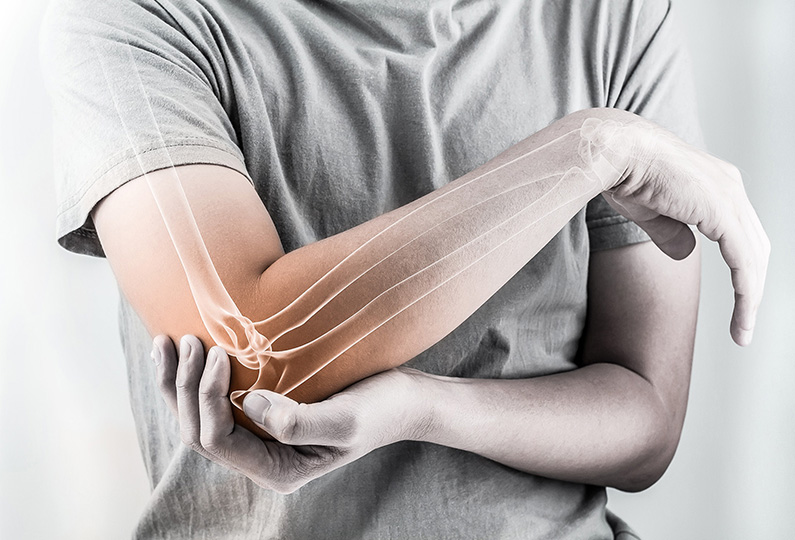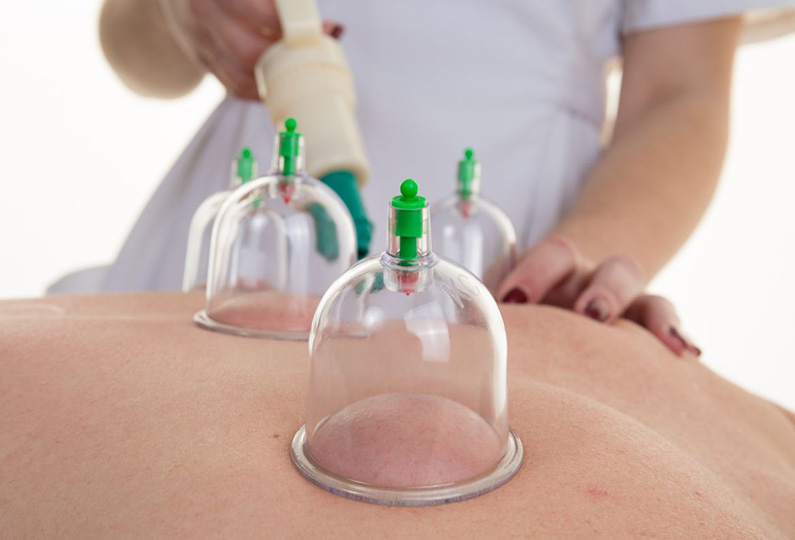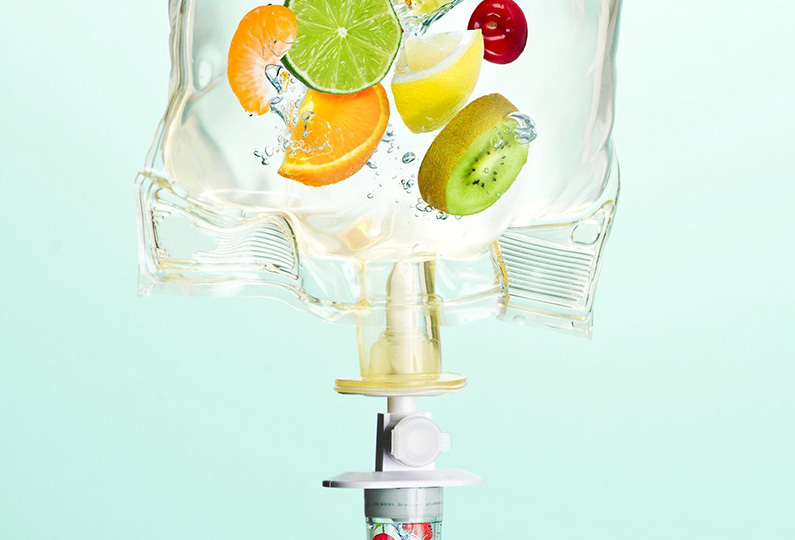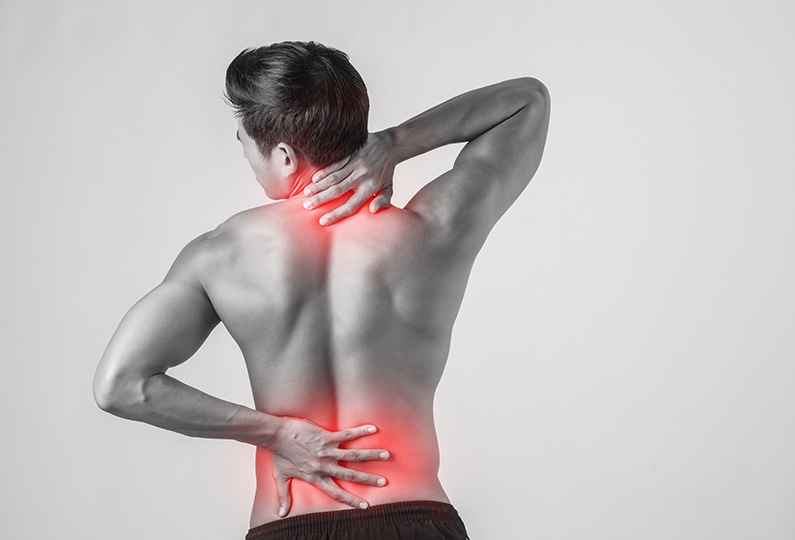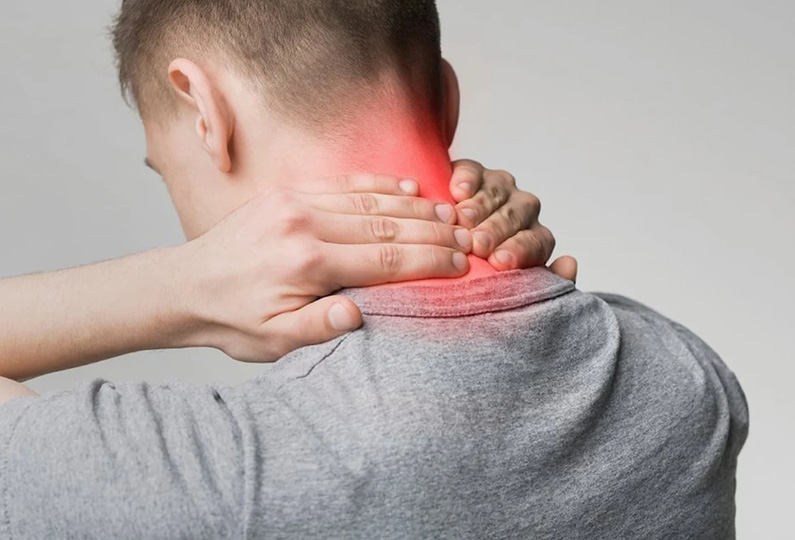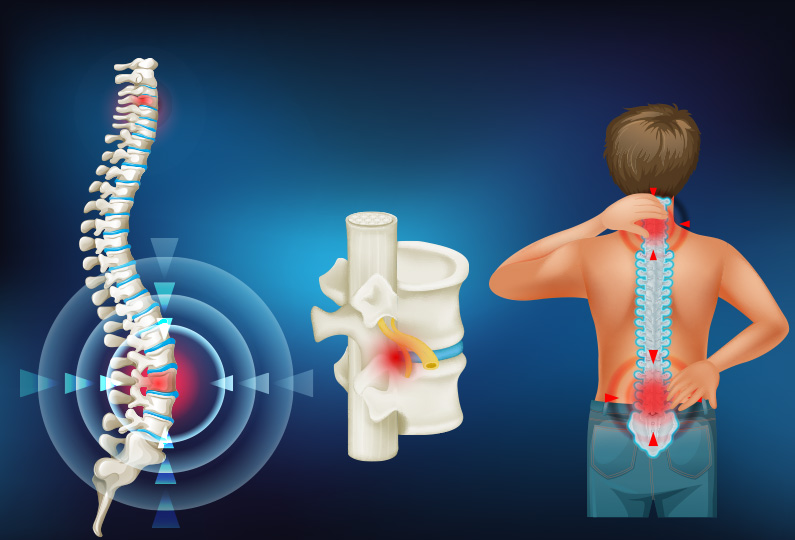Physical Therapy and Rehabilitation
Physical Therapy and Rehabilitation
What is Physical Therapy and Rehabilitation?
Physical Therapy and Rehabilitation is a specialty that covers the diagnosis and treatment of physical and functional disorders in the musculoskeletal, nervous or cardiovascular systems.
Physical therapy means the use of physical methods and techniques in the treatment of diseases. The applied physical therapy methods and techniques do not cause any lesions or wounds in our body. The aim of physical therapy is to reduce or eliminate the patient's pain, to increase functional capacity, to regain daily life activities, to restore the functions of the organs and to take their place in society as an independent individual.
- In Which Areas Is Physical Therapy and Rehabilitation Used?
- Orthopedic Diseases and injuries
- Neurological and neuromuscular diseases and injuries
- Treatment of acute and chronic pain
- Rheumatic diseases
- Pediatric rehabilitation
- Cardiopulmonary rehabilitation (heart-lung rehabilitation)
- Congenital or acquired joint and bone disorders
- Rehabilitation after burns
- Geriatric (elderly) rehabilitation
- Metabolic diseases (diabetes, osteoporosis, etc.)
Sports injuries
Preventive treatment approaches
What are Physical Therapy and Rehabilitation Practices?
After the diagnosis of the disease, an appropriate physical therapy program is planned according to the patient's condition. Physical therapy should be performed under the supervision of a specialist physician. This treatment program may include medication, application of physical therapy techniques and one or more therapeutic exercises.
Heat, light, water agents
Superficial heat (infrared, hot pack, paraffin, whirlpool bath),
Deep heat (ultrasound, high intensity laser, TECAR)
Hydrotherapy (in-pool exercise, contrast bath, spa treatment, underwater massage, whirlpool bath)
Electrotherapy
It is applied by applying current to the body at a certain frequency and intensity. It can be used for the treatment of acute or chronic pain, edema, muscle strengthening or functional training of certain muscles.
Mechanotherapy
It is the application of mechanical devices and apparatus for treatment purposes.
Walking robots, arm robots, traction, spinal decompression (waist-neck pulling), pneumatic compression, CPM devices etc. are used.
Manual Therapy Methods
Manual therapy is a form of physical therapy that is applied only by hand without the use of any devices or machines. In manual therapy, practitioners use only their hands to reduce problems caused by muscle spasm, muscle tension and joint dysfunction.
Therapeutic Exercises
It is one of the most important parts of physical therapy. Personalized exercises designed according to the patient and the condition of the disease should only be given by specialist physicians and physiotherapists.
Daily Life Modifications
During the treatment of the disease, the patient may make some adjustments in his/her daily life. Examples may include activity arrangements, adding exercise and sports to daily life, avoiding potentially harmful movements, dietary recommendations, etc.
Prosthesis-Orthosis use
- Prostheses Apparatus made to imitate the missing limb.
- Orthotics: Apparatus used to protect, support and improve the performance of an existing limb (knee brace, corset, cane, bandage, tape, kinesiotape, etc.).
What is the Duration of Physical Therapy?
Physical therapy is done in sessions. In orthopedic diseases, a total of 10-20 sessions of 1 hour can be applied. In neurological diseases, rehabilitation is usually a longer process, it is applied in 1-2 hour sessions, but the rehabilitation process can last for years depending on the patient's condition.
Are Physical Therapy Applications Painful?
The patient usually does not feel pain during physical therapy applications. However, if the patient has joint restriction, for example a frozen joint, there may be mild pain as the physiotherapist may perform stretching exercises.
What are the Conditions to Watch Out For?
Inflammatory conditions, active periods of rheumatic diseases (periods when the joints are swollen, hot and painful), vascular occlusions, varicose veins, open wounds and infected areas are taken into consideration or applications that are not deemed appropriate by the specialist physician are not performed.
- What are the Possible Risks and Side Effects of Physical Therapy and Rehabilitation Applications?
- Physical therapy is a treatment approach with very few side effects and risks. However, undesirable effects such as skin rashes and sensitivity may occur, although rare.
- Very rare side effects are skin hypersensitivity and blood pressure changes.
- Risks are rarely seen in the presence of appropriate technique, adequate medical equipment and experienced medical personnel.
- In order to minimize the incidence of these conditions, you should give detailed information to your doctor about your medical condition before the application. You should inform your doctor about any known drug allergies or diseases.

